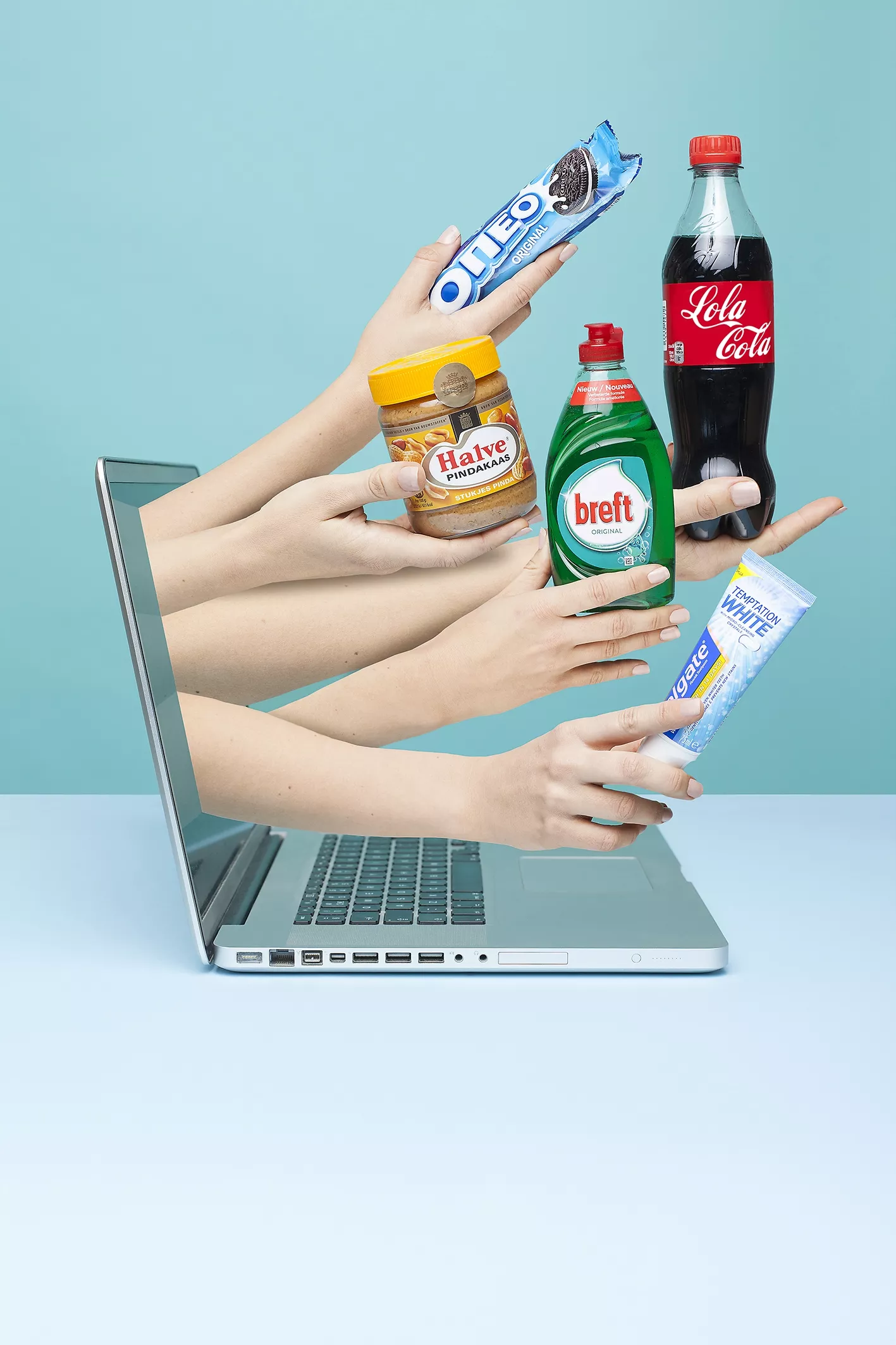
In recent years, competition in e-commerce has increased significantly. To illustrate, just Google "logo bike webshop". Creating a distinctive proposition is becoming increasingly difficult. In other words, there is less and less space in the customers' minds. And we haven't even talked about the big foreign e-commerce companies entering or entering the Dutch market.
Cost of Acquisition is becoming more expensive
With the increase in the number of providers, the costs of acquiring new customers also increase. For many e-commerce companies, Google AdWords is still the largest slice in the marketing mix.
More competition and higher marketing costs. What can you do?
There are of course several options to improve your competitive position. Storytelling is one of them. You should see it as an extra tool that you can put in your marketing toolkit. It provides a red thread in your marketing activities, making the whole read like a book and each chapter (marketing message) adding to the brand story.
How does Storytelling work?
Since the moment humankind developed speech, storytelling has played an important role in our lives. We all love a good story. It teaches us things, gives meaning and context to our world and life. It strengthens bonds between people. And it helps make complex things simpler. Stories activate our insula, the emotional part of our brain. When we hear a story, we relate it to our own experiences. So, we become part of the story. Stories go deep into our brain and are easily remembered.
What about authenticity?
Researchers Joseph Pine and James Gilmore wrote an inspiring book about this. Authenticity. What consumers really want. These gentlemen had earlier published the book The experience economy in which they explain the rise of the experience in the economy. Joseph Pine summarizes it as follows:
‘The gentlemen refer to authenticity as the new consumer sensitivity. They argue that every development in the economy brings a consumer sensitivity with it. A sensitivity that, if a company feeds this perception, can provide a competitive advantage.’
For example, in the industrial revolution, availability, due to the improvement of supply through shift work and the assembly line, provided a competitive advantage. If you are available everywhere and all the time, you offer the consumer an advantage over your competition that does not. But at a certain point, the sensitivity becomes a commodity. It becomes normal. It's still important to the consumer, but much harder to make a difference on this sensitivity. So, costs followed, most products are affordable for the largest part of consumers. And quality has become a commodity as well. No car rusts anymore and the quality of most products is just fine.
So, now a new sensitivity has arisen, coinciding with the experience economy. And that is: authenticity.
How did this consumer sensitivity arise?
Over the past 20 years, business has massively jumped into the experience economy. The market has become an orchestrated experience: shopping experiences, online experiences, service experiences. With all these artificially created experiences by the marketer, our world becomes increasingly inauthentic, and more and more people make decisions based on whether an offer is real in their eyes. Nowadays, it is increasingly about being real, original, sincere, honest, and authentic. This also has to do with the radical transparency that the internet offers us. Before you know it, you'll be exposed, and the real story is online. When such a large sensitivity to certain perceptions arises, companies must learn a new discipline to remain successful.
Buying based on self-image
This sensitivity also has to do with the fact that people buy based on their self-image. Does a product fit the image you have of yourself? Previously, institutions shaped your self-image. The church, the political party, your father's job, etc. That has changed. Today, you build your self-image, among other things, with products and brands, so it is very important whether they are real or fake. And if authenticity is important to consumers, then authenticity becomes the new primary source of competitive advantage.
Storytelling + Authenticity = True Storytelling
Okay, then you want to get started with true storytelling. Know that true storytelling starts with why you do what you do. Simon Sinek from the book "Start with Why" summarizes it nicely:
‘People don't buy what you do; they buy why you do it.’
Simon Sinek's golden circle consists of why, how, and what. Many companies start with what and then move on to how, and few reach why. It's easy to explain what you do and how you do it. However, these things are often not very distinctive and do not appeal to the imagination.
What: These are the products or services a company sells.
How: Companies explain how they do what they do. "How" is, for example, a unique sales method or a distinctive value (USP). "How" is often used to explain that something is different or better. Many managers believe that these are the distinctive or motivating factors in the consumer decision-making process.
Why: This is not about making profit, but about what companies believe, what drives them. Inspired companies, regardless of their size or the industry in which they operate, think, act, and communicate from the inside out.
The why is therefore something that is in the DNA of the company, it is what the company exists for, what all employees get out of bed for every day. Take Apple, for example: they go from the inside out, so from why, how, what:
‘The way we challenge the status quo is by making our products beautifully designed, simple to use and user friendly. We just happen to make great computers. Want to buy one?’
In summary: why is true storytelling powerful?
What are the main laws for true storytelling?
Finally: 11 practical tips that will help you tell a credible story.